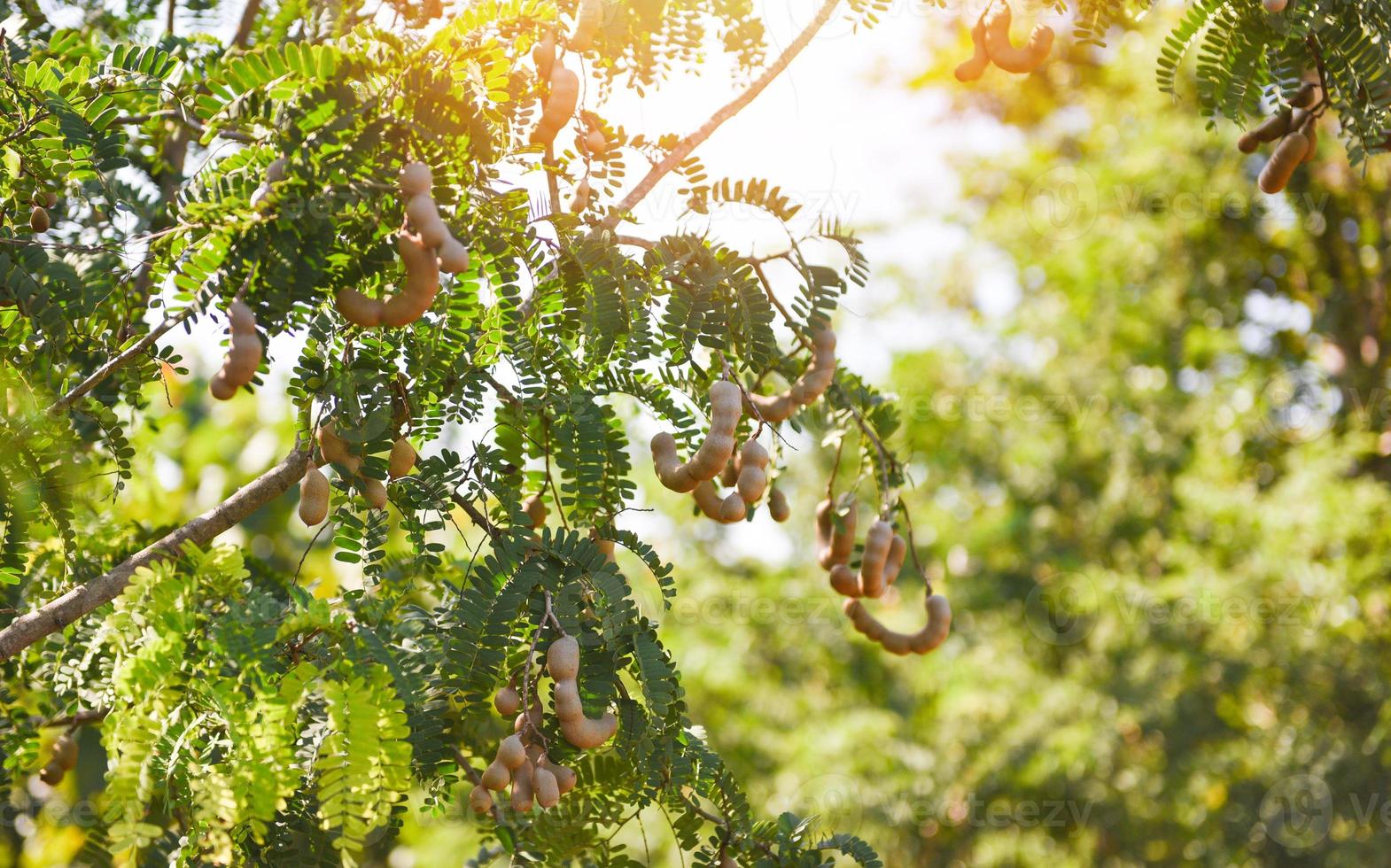

The Journey of Tamarind: From Farm to Table

The tangy-sweet flavor of tamarind has been cherished in cuisines around the world for centuries. But behind every bottle of tamarind concentrate or package of tamarind paste lies a fascinating journey that spans continents, involves multiple skilled professionals, and requires precise processing techniques. At Esskay Natural, we take pride in every step of bringing this remarkable fruit from distant orchards to your kitchen.
Cultivation: Where It All Begins
The journey of tamarind starts in tropical regions where the majestic Tamarindus indica trees thrive. These hardy trees, which can live for over 200 years, begin producing their distinctive pod-like fruits around 3-4 years after planting and reach full production capacity after 10-12 years.
Our carefully selected partner farms in India, Thailand, and Mexico follow sustainable cultivation practices that include:
- Water conservation through drip irrigation systems
- Biodiversity promotion by maintaining mixed orchards
- Natural pest management techniques that eliminate chemical pesticides
- Soil enrichment using organic compost and cover crops
The seasonal rhythm of tamarind production begins with flowering in spring, followed by fruit development through summer and early fall. Harvesting typically takes place between December and April when the pods have fully matured, changing from green to brown with a brittle shell and sticky pulp inside.
Harvesting: The Art of Perfect Timing
Harvesting tamarind is a skilled process that combines traditional knowledge with modern efficiency:
-
Assessment: Experienced harvesters evaluate fruit readiness by examining pod color, texture, and the distinctive rattling sound of mature seeds inside.
-
Collection: Using long poles with hooks or by climbing the trees, workers carefully detach mature pods without damaging the branches or immature fruits.
-
Initial sorting: Right in the orchards, harvesters separate damaged pods from healthy ones, ensuring only quality fruit enters the production chain.
"The perfect tamarind pod feels slightly brittle to the touch and has darkened to a rich brown color. You can hear the seeds rattle when you shake it – that's how you know it's ready." - Rajiv Patel, Master Harvester
The timing of harvest is crucial – pick too early, and the fruit lacks its characteristic tang; too late, and it may develop mold or excessive dryness. Our harvesting partners have refined this timing through generations of experience.
Post-Harvest Processing: Transforming Raw Fruit
Once harvested, tamarind pods undergo several processing stages:
Drying and Shell Removal
The pods are spread on clean surfaces to dry in the sun for 3-5 days, which makes the outer shell brittle and easier to remove. Workers then crack and remove these shells by hand or using specialized machinery, exposing the pulpy fruit within.
Fiber Separation
The pulp, still containing seeds and fibrous materials, undergoes a careful separation process. Modern facilities use a combination of mechanical sieves and water-based techniques to separate seeds from the pulp while preserving maximum flavor.
Pulp Processing
The extracted pulp can follow several paths depending on the intended final product:
- Block formation: Compressed into solid blocks for traditional markets
- Paste production: Mixed with a precise amount of water and preservatives for ready-to-use paste
- Concentrate processing: Further refined and concentrated for food manufacturing
- Powder creation: Dried and milled for shelf-stable powder products
Quality Control: Ensuring Excellence
At every stage of production, rigorous quality control measures ensure that only the finest tamarind products reach our customers:
- Microbial testing to verify food safety
- Flavor profiling by trained sensory experts
- Moisture content measurement for optimal shelf life
- Acidity and sugar level analysis for consistent taste
- Foreign matter detection using advanced optical sorting
Our state-of-the-art facility in Bangalore employs a team of food scientists who continuously monitor production parameters and conduct daily taste tests to maintain our signature flavor profile.
Sustainable Processing Innovation
Environmental responsibility guides our processing innovations:
Water Conservation
Our closed-loop water system recycles 85% of the water used in processing, with the remaining 15% treated and used for orchard irrigation.
Zero-Waste Philosophy
Every part of the tamarind fruit finds purpose in our system:
- Seeds are processed into gum for textile and paper industries
- Shells become biofuel for our processing facilities
- Fibrous residue transforms into agricultural compost
- Rejected pulp feeds an innovative biogas generator
This approach has reduced our landfill contribution to nearly zero while creating additional value streams.
Global Distribution: Reaching Your Table
The final stage of tamarind's journey involves sophisticated logistics:
Packaging Innovation
Our products are packaged in materials specifically designed to preserve tamarind's unique properties:
- Oxygen-barrier films that prevent oxidation
- Moisture-resistant containers that maintain optimal texture
- Sustainable packaging solutions that reduce plastic use by 40%
Temperature-Controlled Transport
Tamarind products travel in climate-controlled environments throughout their journey, preventing flavor degradation from temperature fluctuations.
Traceability Systems
Each product carries a QR code allowing customers to trace their tamarind back to the specific orchard where it was grown, connecting consumers with the source of their ingredients.
The Final Destination: Culinary Magic
The culmination of this journey occurs in kitchens worldwide, where tamarind becomes an essential ingredient in countless dishes:
- The tang in your favorite pad thai
- The depth in authentic Indian chutneys
- The complexity in Mexican agua de tamarindo
- The secret ingredient in award-winning BBQ sauces
Professional chefs and home cooks alike rely on consistent, high-quality tamarind to create dishes that have defined culinary traditions for generations.
Continuous Improvement: The Journey Never Ends
At Esskay Natural, we view this journey not as a linear process but as a continuous cycle of improvement. We regularly:
- Return insights from quality testing to our farming partners
- Invest in research to develop more efficient processing techniques
- Work with culinary professionals to understand evolving needs
- Collaborate with sustainability experts to reduce our environmental impact
Conclusion
The journey of tamarind from farm to table represents a remarkable blend of traditional knowledge and modern innovation. By honoring the time-tested practices of cultivation while embracing technological advances in processing and distribution, we ensure that this extraordinary fruit continues to enrich culinary traditions worldwide.
Our commitment to sustainability, quality, and transparency throughout this journey reflects our belief that exceptional ingredients deserve exceptional care – from the moment a tamarind flower blooms until the distinctive flavor of its fruit enhances your favorite dish.
About the Author

Michael Chen
Food Industry Expert
With over 15 years of experience in the food industry, our expert brings valuable insights into natural ingredients and their applications in commercial food production.